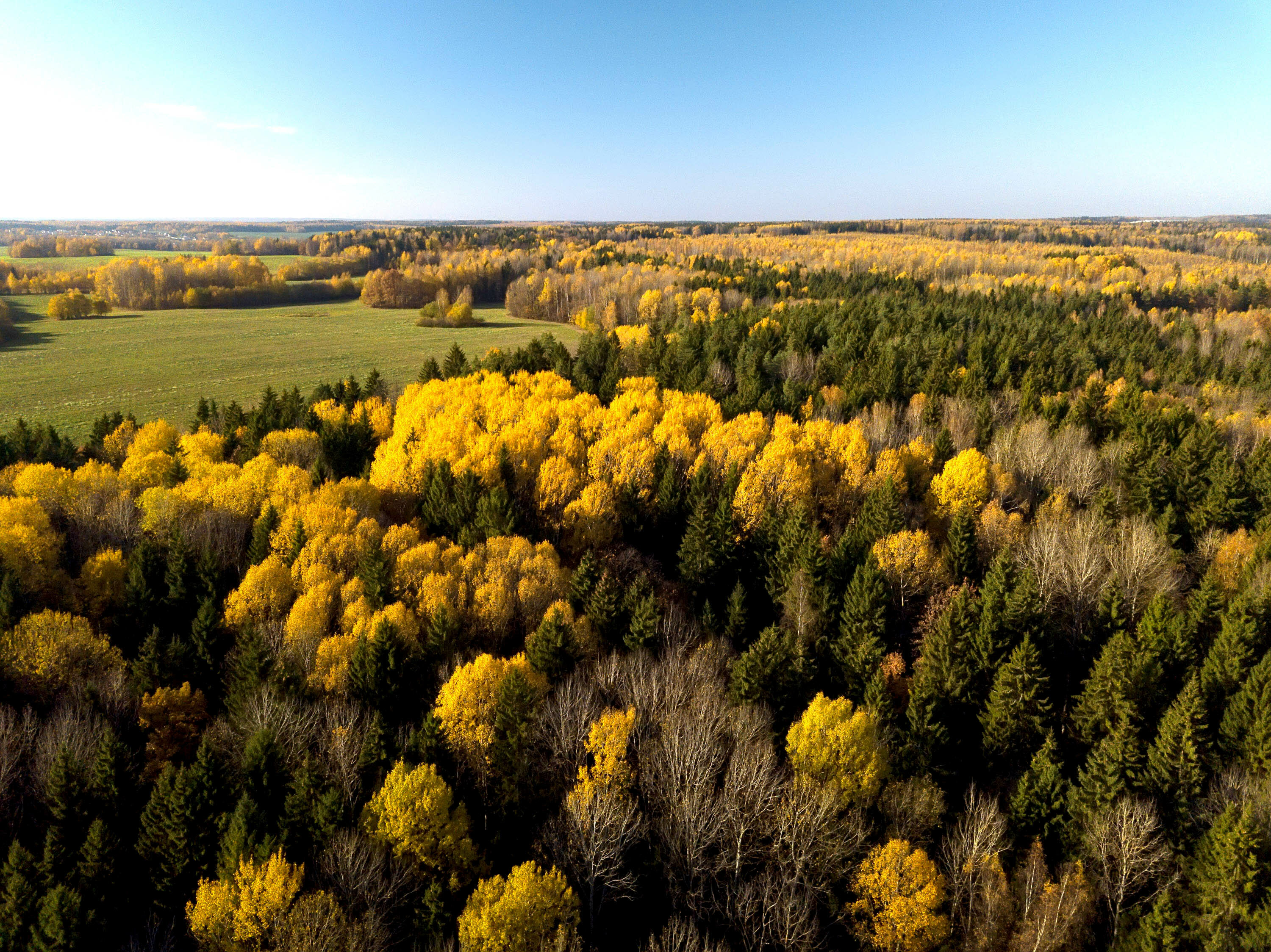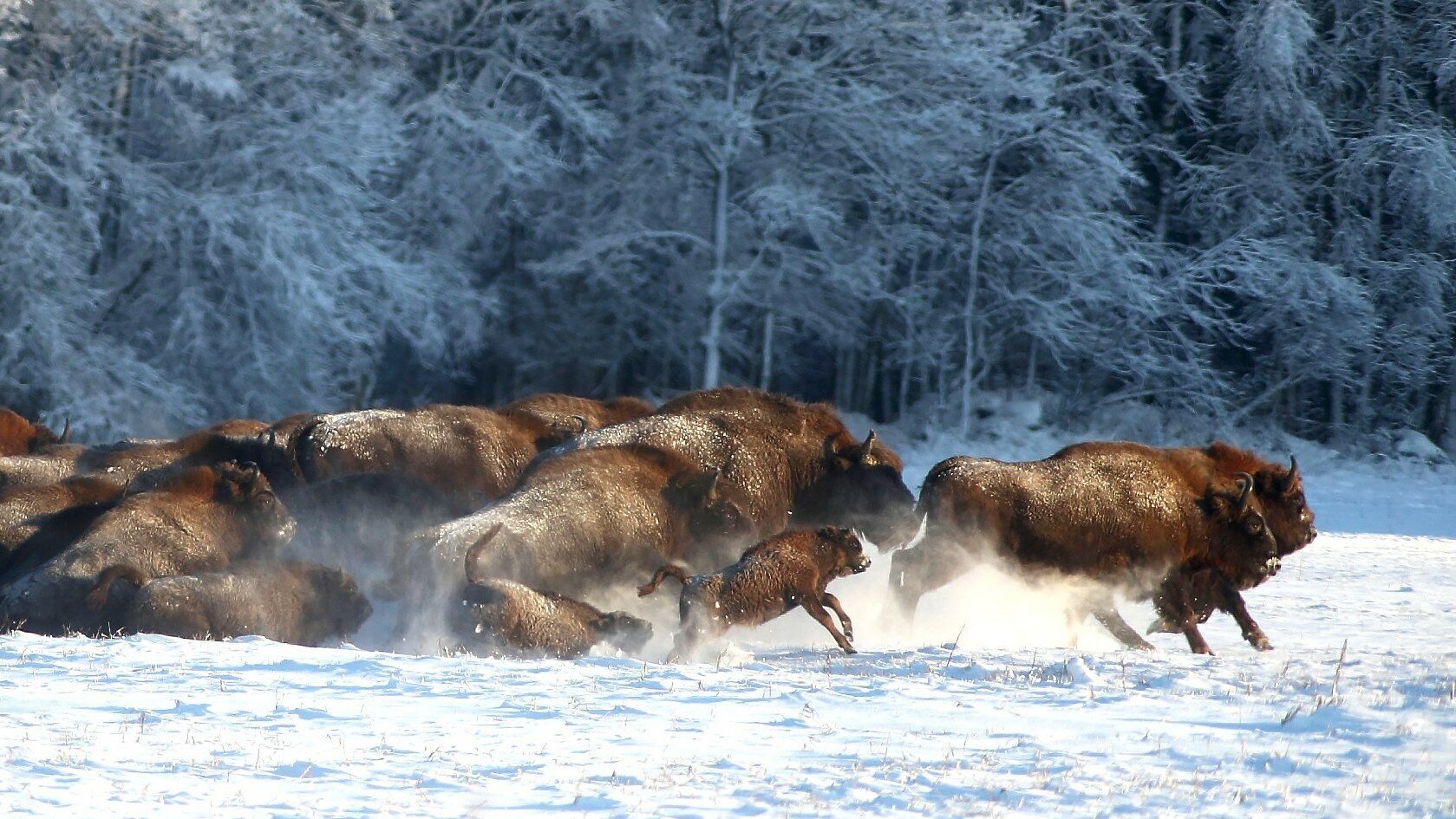Nature of Belarus

Dear friend,
Belarus is one of the most beautiful countries in the world. It does not have mountains or seas. However, there are a lot of picturesque hills, thick forests and vast meadows, blue rivers and lakes, unique wetland ecosystems. Our common goal is to protect our rich nature and preserve it for future generations.
The Republic of Belarus has plain relief. The land area is 20.8 million hectares. A hectare is equal to a square with 100-meter sides.
Belarusian soil is rich in natural resources. More than 4,000 mineral deposits have been found in our country. Belarus is self-sufficient in potash and table salt, ceramic clay, building sand, building stone, fresh and mineral water.
Due to the lack of own resources, Belarus imports oil, gas, coal, gypsum, etc.

Most of the lakes are located in the north of the country. This area is called the Belarusian Lake District. Belarusian lakes emerged back in the Ice Age. Ice Age is an ancient period of colder global temperatures when the territory of Belarus was fully or partially covered with ice. Huge glacier boulders left depressions (moraines) that got filled with water after the glacier melted. There are about 11,000 lakes in Belarus. They play a big role in satisfying the country’s industrial and household needs. They are a source of drinking water and fish resources.
In Belarus there are more than 20,800 rivers and streams with a total length of 90,600 kilometers. It is twice as long as the equator. The equator is an imaginary line around the middle of the planet.
Belarus has significant reserves of underground fresh water. It is mainly found at the depths of several to 200 meters.
Belarusian wetlands, dubbed as the lungs of Europe, play an important role in the global environmental system. They help clean air from carbon dioxide, preserve rare animal and plant species.

Forests have a significant impact on the environment. Belovezhskaya Pushcha, a pristine old-growth forest, is a true pride of Belarus. The oldest trees in Belovezhskaya Pushcha are 600-800 years old.
Belarus has diverse flora featuring about 14,000 plant species. More than 500 species of plants have properties that make them useful for the economy. These include rye, wheat, corn, potato, beetroot, and many more.
Rare plants can also be found in our country. Belarus’ Red Book is a list of endangered species on the verge of extinction. It includes 303 plant species protected by the government.

These include invertebrates, birds, mammals, fish, amphibians, and reptiles. The most widespread animals in Belarus are elks, wild boars, roe deer, brown and white hares, squirrels, foxes, deer, beavers, martens, and many more.
A number of 202 animal species are included in Belarus’ Red Book and are protected by the government.